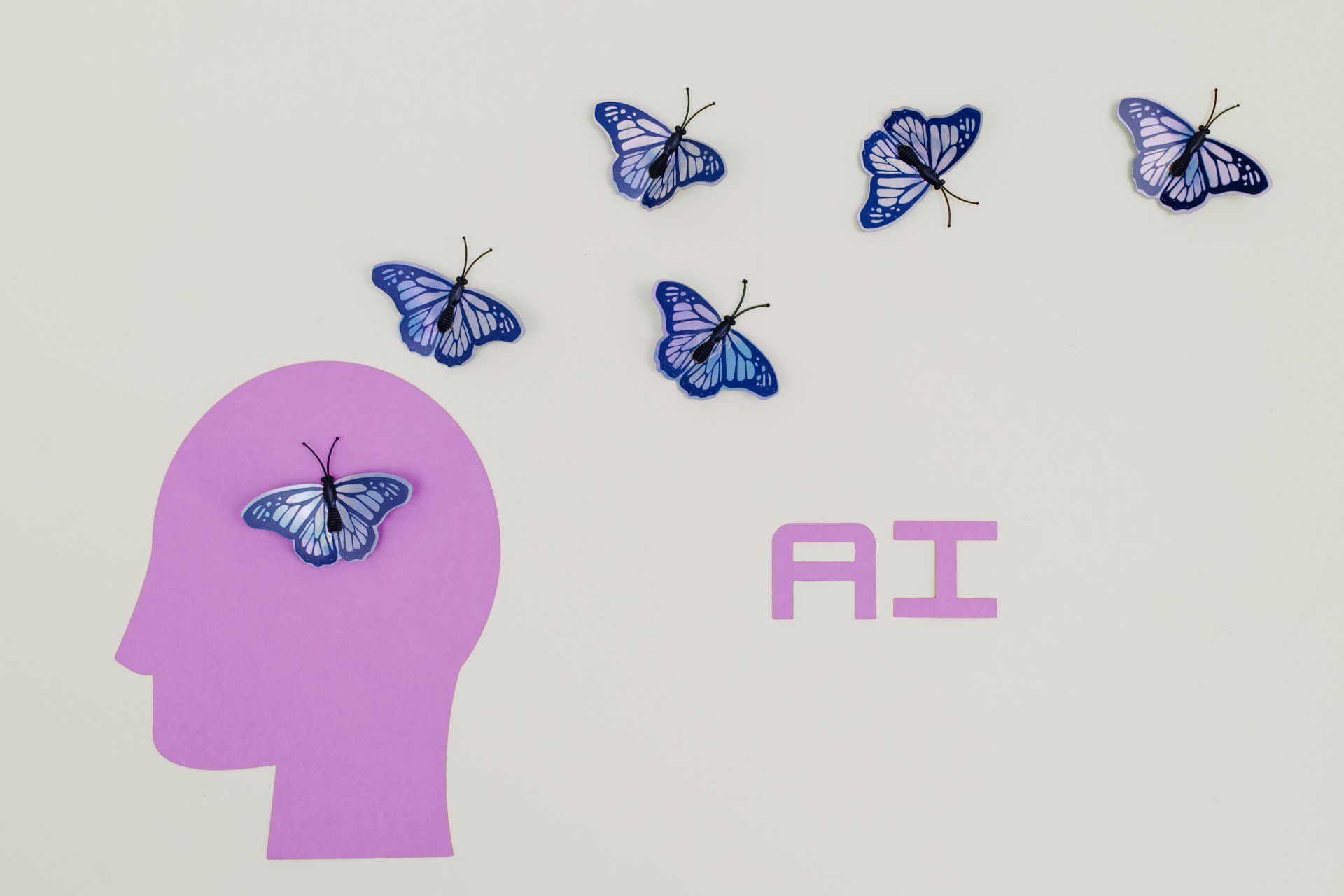How will GenAI effect the Workforce and Jobs

The rise of GenAI (Generative Artificial Intelligence) has sparked both excitement and apprehension regarding its impact on jobs and the workforce. To understand its potential consequences, it's essential to contextualise GenAI within the broader historical framework of transformative technologies, such as electricity, the internet, and cloud computing. These technologies have reshaped the workforce and revolutionised industries over the years. In this blog post, we will explore the historical precedents and consider how GenAI might follow suit.
1. Electricity: Illuminating a New World
When electricity was harnessed and distributed in the late 19th century, it revolutionised various industries. Factories and homes were no longer bound by daylight hours, leading to increased productivity. However, this transformation also displaced jobs in traditional industries like candle-making and gas lighting. The workforce had to adapt, with new roles emerging in electrical engineering and power generation.
GenAI's Impact:
Similarly, GenAI is poised to disrupt industries by automating tasks and generating content. While it may displace some roles, it will also create new opportunities in AI development, data analysis, and ethical oversight.
2. The Internet: Connecting the World
The internet, which gained prominence in the late 20th century, revolutionised communication and commerce. It spawned new job opportunities in web development, digital marketing, and e-commerce. However, it also disrupted traditional businesses, such as print media and physical retail, causing job losses in those sectors.
GenAI's Impact:
GenAI's potential to automate tasks, generate content, and enhance decision-making processes will likely transform industries like customer service, content creation, and data analysis. It may displace some jobs but create others in AI ethics, maintenance, and development.
3. Cloud Computing: The Power of Virtualisation
Cloud computing, in the 21st century, enabled the storage and processing of vast amounts of data remotely. This technology reduced the need for on-site server maintenance and provided scalable solutions for businesses. While it streamlined operations, it also led to job cuts in traditional IT departments.
GenAI's Impact:
GenAI's integration with cloud computing could revolutionise data analysis, predictive modeling, and personalisation. As a result, there may be fewer jobs focused on routine data management but a surge in demand for AI specialists and cloud architects.
4. GenAI: The Dawn of Creative Automation
GenAI represents a paradigm shift in automation. It can generate human-like text, art, and even music. While it has the potential to streamline content creation, marketing, and customer service, it also raises concerns about job displacement.
GenAI's Impact:
As GenAI takes over repetitive tasks like content generation and data analysis, it will require humans to oversee its ethical use, maintain the technology, and continually improve its capabilities. This will create opportunities for AI developers, ethicists, and AI trainers.
Conclusion
The history of transformative technologies, from electricity to the internet and cloud computing, provides valuable insights into the potential impact of GenAI on the workforce. While these technologies have led to job displacement in some sectors, they have also created new opportunities in emerging industries. GenAI is no exception; it will likely disrupt traditional roles while giving rise to new ones. As society navigates this transformation, it's crucial to invest in education and training to equip the workforce with the skills needed to thrive in the age of GenAI.